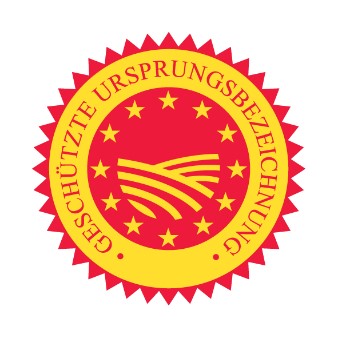 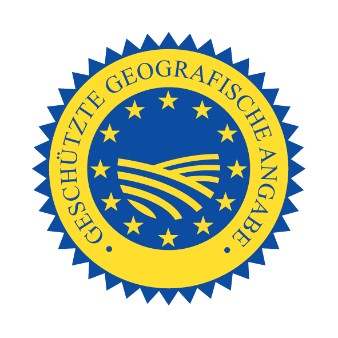 |
Parallel to the trademark system, there is an independent and far-reaching protection for protected geographical indications (hereinafter PGI) and protected designations of origin (hereinafter PDO). This is a separate category of protection rights (sui generis), based on an EU regulation[1], the enforcement of which in Austria is embedded in the Trademark Protection Act.
If anyone is interested in finding out which designations are protected you can view them in the online register eAmbrosia, sorted by e.g., product category or geographical area.
Once registered, the protection of PGIs and PDOs is very broad – much broader than, for example, the “likelihood of confusion” standard under trademark law. The elements of infringement are found in Art 13 of the Regulation and include, besides the direct or indirect commercial use of a registered name (lit a), also any imitation or evocation (lit b), misleading indication (lit c) or other misleading practices (lit d).
The broadness of the scope of protection is also reflected in the following decisions of the CJEU and other supreme courts and offices:
Infringed PGI/PDO | Infringing Product |
CJEU C-44/17, 7th June 2018
| Scotch Whisky | Glen Buchenbach, Swabian Single Malt Whisky |
 (Figure 1) |  (Figure 2) |
One of the first notable decisions demonstrates how broadly the “indirect commercial use” of a geographical indication is interpreted. In principle, this is the case when the disputed element is used in a form that is identical or phonetically and/or visually similar to the protected indication.
In the case at issue, the GI is “SCOTCH WHISKY”, the subject matter of the interference did not contain any reference to “Scotch” or “Scotland”, but only the designation “Glen Buchenbach”. The term “Glen” stands for “valley”, and in this case refers to the place of origin, the Buchenbach valley.
The CJEU nevertheless considered it possible that there was an indirect commercial use here, as an association with SCOTCH could be evoked. In this context, it is necessary to consider whether the average European consumer who is reasonably well informed and reasonably observant and circumspect is led to make an immediate association with the protected product.
If there is no phonetic and/or visual similarity, the closeness of the designation to the protected indication in terms of content may have to be taken into account. The environment in which the disputed element is used is not relevant in determining whether a “false” or “misleading” indication exists.
In the subsequent national proceedings in Germany, it was ultimately confirmed that the name Glen Buchenbach infringed the GI.
CJEU C-75/15, 21st January 2016
| Calvados | Verlados |
 (Figure 3) | 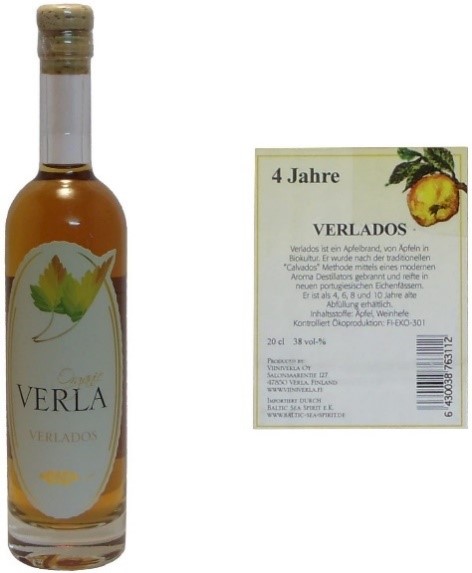 (Figure 4) |
In assessing whether the name “Verlados” constitutes an “evocation” to the PGI “Calvados”, it is necessary to take into account the phonetic and visual similarity between those names, as well as any circumstances which might indicate that such similarity is not due to coincidence, in order to ascertain whether the average European consumer, who is reasonably well informed and reasonably observant and circumspect, is led by the name of the product to make a mental association with a product containing the PGI.
It was also ruled that the use of a name that qualifies as an “evocation” is unlawful even if any likelihood of confusion is excluded.
CJEU C-614/17, 2nd May 2019
| Queso Manchego | Adarga de Oro/Rocinante/Super Rocinante |
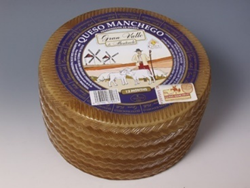 (Figure 5) | 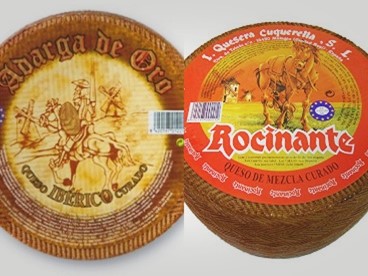 (Figure 6) |
This case makes it clear how broadly the term “evocation” can be interpreted: Even the mere use of images can be an evocation to a registered PDO. Although the subject matter of the infringement did not contain a literal evocation to “Manchego”, “Rocinante” is the name of Don Quixote’s horse in Miguel de Cervantes’ work. Don Quixote in turn comes from the region of “La Mancha”, the eponym of “Queso Manchego”.
The CJEU did not rule out the possibility that the figurative and word elements referring to the product, which is produced and predominantly consumed in Spain, may mentally evoke the image of a registered designation in the minds of consumers of that Member State. This would already be sufficient for an evocation. It remained for the national court to assess whether this was actually the case.
The decisive factor is whether the element in question is capable of immediately bringing the product bearing that designation to the mind of the average consumer (= all European consumers, including those of the Member State from which the product comes).
Furthermore, the ruling states that the use of figurative signs can constitute an infringement even if the producer himself comes from the territory to which the images evocate, but whose products are not covered by the PDO.
CJEU C-490/19, 17th December 2020
| Morbier | Montboissié du Haut Livradois |
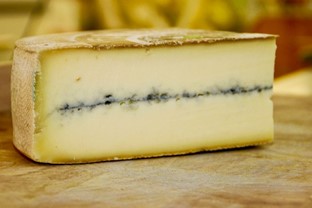 (Figure 7) | 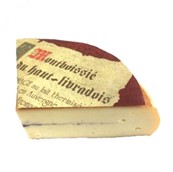 (Figure 8) |
It is clear from this case that not only the name, but even the reproduction of the shape or appearance which is characteristic of a protected product is prohibited, if the consumer may thereby be led to believe that the product is covered by that registered name. For this purpose, it must be determined whether the European consumer who is reasonably well informed and reasonably observant and circumspect is likely to be misled.
In the case at hand, the appearance of the product itself was at issue: The cheese has a horizontal black stripe in the middle, which runs closed and uninterrupted through the entire cut surface. Even without any direct or indirect use of the word “Morbier”, interference was recognised here based on the product’s appearance alone.
CJEU C-783/19, 9th September 2021
| Champagne | Champanillo |
 (Figure 9) |  (Figure 10) |
This decision of the CJEU concerns Regulation (EU) No 1308/2013 on the common organisation of the markets in agricultural products, namely Art 103 (2) (b).
A tapas-bar chain in Spain used the sign CHAMPANILLO, it is worth noting, under the use of the image of two champagne coupes containing a sparkling beverage as a graphic medium.
The “Comité Interprofessionnel du Vin de Champagne” (CIVC) is the French organisation responsible for protecting the interests of Champagne producers. The CIVC required the omission of the use of the sign CHAMPANILLO.
The CJEU ruled in the preliminary ruling proceedings as follows:
PDOs are protected against acts relating to both goods and services.
Furthermore it was determined, that an “evocation” within the meaning of the provision at issue does not require that the protected product and the product/service at issue are identical or similar. What matters is that the use of the name evokes a sufficiently direct and unequivocal association in the mind of the average European consumer who is reasonably well informed and reasonably observant and circumspect.
Such an association may result from:
- The partial inclusion of the protected name;
- The phonetic and visual proximity of the two names and the resulting similarity;
- If these circumstances are not present, from the closeness in content between the PDO and the name in dispute or
- a similarity between the products covered by the PDO and the products or services covered by the name.
Finally, it was held that an “evocation” within the meaning of Art. 103 (2) (b) does not require that unfair competitive conduct has been established, as this provision provides for a special and independent protection, which applies independently of the provisions of national law on unfair competition.
BGH I ZR 21/19, 12th December 2020
| Prosciutto di Parma | Culatello di Parma |
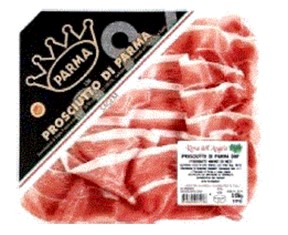 (Figure 11) | 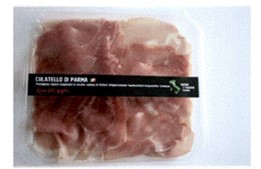 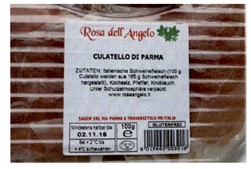 (Figure 12) |
This decision states that what matters in the case of an “evocation” is whether the consumer is induced by a designation to make an immediate mental association with the product bearing the protected designation.
According to the Federal Supreme Court, products that look similar can be considered to be an evocation to a PGI if the sales designation has a phonetic and visual similarity.
UK, Trademark Inter Partes Decision, O-341-21, 6th May 2021
| Prosecco | Brosecco |
 (Figure 13) | 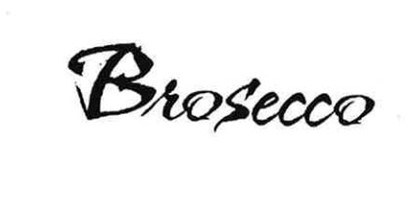 (Figure 14) |
This was not a case of intervention proceedings, rather the registration of a trademark based on the PDO “Prosecco” was prohibited.
For a finding of “evocation”, it is only necessary that the infringing mark triggers the image of Prosecco in the mind of the consumer, a confusion of the two signs is not required. Here, there is an indirect likelihood of confusion, the mark is likely to mislead the public as to the nature, quality or geographical origin of the goods or services.
Furthermore, the fact that consumers in the United Kingdom would associate the opposing mark with the prestigious PDO gives the applicant an unfair marketing advantage.
EUIPO, Decision of the Fourth Board of Appeal, R 1132/2019-4, 17th April 2020
| Champagne | Champagnola |
Again, this is not an interference proceeding, but a trade mark registration proceeding. The Registration of the trade mark “Champagnola” was refused on the grounds that any trade mark application that exploits the reputation of a PDO can be refused, even if the products or services are not similar.
For this, the established reputation of “Champagne” had to be proven first. In addition, the “evocation” to a geographical indication had to be proven, whereby it was decided that such an evocation exists regardless of whether the goods and services are similar or not.
With regard to the exploitation of reputation, it was held that there was no need to prove past or present harm, but a future risk arising from normal practice in the relevant industry.
Permitted:
CJEU C-432/18, 4th December 2019
| Aceto Balsamico di Modena I.G.P. | Deutscher Balsamico |
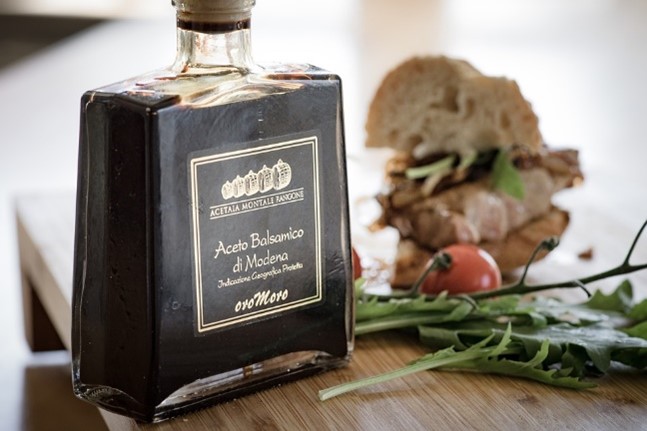 (Figure 15) | 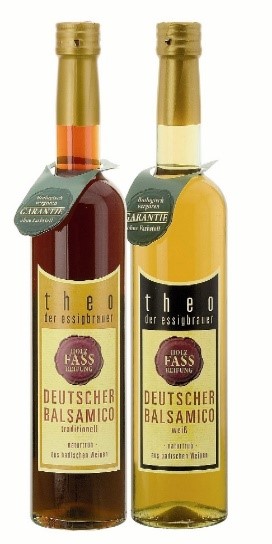 (Figure 16) |
This decision in turn shows the limits of the protection of a PGI.
The protection of the PGI “Aceto Balsamico di Modena” cannot be interpreted as extending to the use of its individual non-geographical terms. Therefore, the designation “Deutscher Balsamico” is not an infringement.
In summary, on the basis of the above examples, it can be stated that the scope of protection of a PGI or PDO is very wide-ranging.
Not only the name of a product is protected, but also its appearance.
In the case of “Queso Manchego”, for example, it was decided that the use of figurative signs can constitute an infringement even if the producer himself comes from the area to which the images evocate, but whose products are not covered by the PDO.
The protection is even more far-reaching in the case of a designation being qualified as an “evocation”. Such a designation is inadmissible even if any likelihood of confusion is excluded.
Manufacturers of origin-protected goods are thus entitled to comprehensive special protection of their products, which, in addition to the name, also concerns features that are characteristic for a product.
Footnote and Figures:
[1] Regulation (EU) No 1151/2012 of 21 November 2012 on quality schemes for agricultural products and foodstuffs
Figure 1/ Symbolic image / https://pixabay.com/de/photos/alkohol-whisky-whiskey-karaffe-1278879/ (retrieved 31.08.2021)
Figure 2/ https://waldhornbrennerei.de/0-2-liter-glen-buchenbach-43-vol.html / © Waldhornbrennerei Klotz GbR (retrieved on 31.08.2021)
Figure 3/ Symbolic image / https://pixabay.com/de/photos/calvados-spirituosen-%c3%a4pplekonjak-4087719/ (retrieved 31.08.2021)
Figure 4/ https://www.amazon.de/Viini-Verla-Verlados-Apfelbranntwein-Jahre/dp/B018GK0QAE / © Viini Verla (retrieved 31.08.2021)
Figure 5/ https://elgusto.espanol.at/Queso-Manchego-9-12-Monate-im-Ganzen / © el gusto español GmbH & Co KG (retrieved on 31.08.2021)
Figure 6/ https://ipkitten.blogspot.com/2019/05/court-of-justice-use-of-figurative.html / https://creativecommons.org/licenses/by-nc/4.0/ / © IPKat (retrieved on 31.08.2021)
Figure 7/ https://de.wikipedia.org/wiki/Morbier_(K%C3%A4se) / https://creativecommons.org/licenses/by-sa/4.0/ / © KarstenBuhr58 (retrieved 31.08.2021)
Figure 8/ https://ipkitten.blogspot.com/2020/03/can-shape-or-appearance-of-product.html / https://creativecommons.org/licenses/by-nc/4.0/ © IPKat (retrieved on 31.08.2021)
Figure 9/ Symbolic image / https://pixabay.com/de/photos/sekt-toasts-unterseite-wei%c3%9f-feier-2711895/ (retrieved 17.09.2021)
Figure 10/ https://www.facebook.com/champanillo1/photos/a.230132560667270/1370689406611574/ (retrieved 17.09.2021)
Figures 11 and 12 / BGH I ZR 21/19
Figure 13/ Symbolic image / https://pixabay.com/de/photos/sekt-toasts-unterseite-wei%c3%9f-feier-2711895/ (retrieved 31.08.2021)
Figure 14 / O-341-21
Figure 15/ Symbolic image / https://pixabay.com/de/photos/lebensmittel-kochen-schnitzel-3360720/ (retrieved 31.08.2021)
Figure 16/ https://ipkitten.blogspot.com/2015/12/lg-mannheim-there-is-no-german-balsamico.html / https://creativecommons.org/licenses/by-nc/4.0/ © IPKat (retrieved on 31.08.2021)
